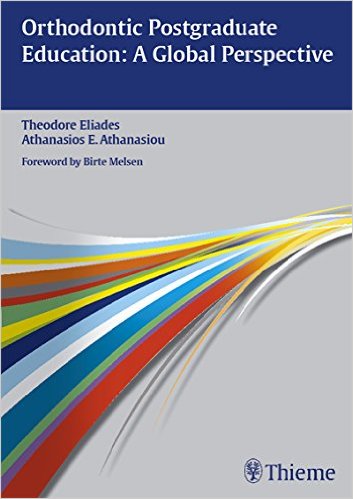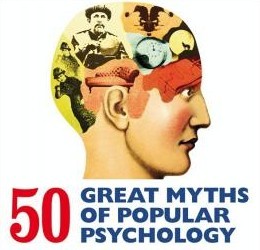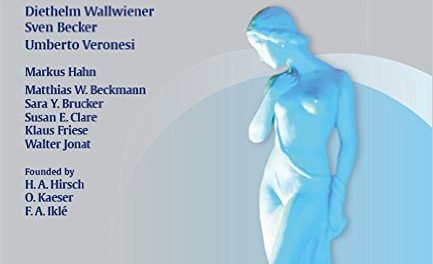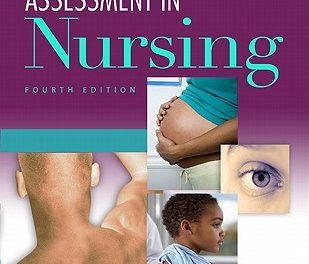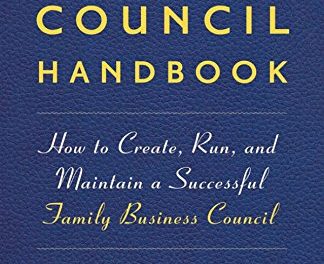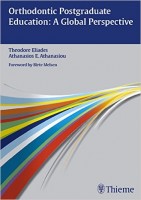 Editors: Theodore Eliades, DDS; and Athanasios E. Athanasiou, DDS
Editors: Theodore Eliades, DDS; and Athanasios E. Athanasiou, DDS
Publisher: Thieme – 228 pages
Book Review by: Nano Khilnani
Orthodontics as a specialty within dentistry that deals with problems and solutions relating to abnormally-positioned jaws, teeth, and / or bone within the mouth. To get a degree in this field, most countries require a period of study at a recognized college beyond a degree in dentistry, and passing a board exam to be qualified to practice.
A cursory look on Wikipedia on training in orthodontics (sometimes called orthodontia or dental orthopedics) around the world shows that only the following regions and countries (in the order we present here) have educational programs: the United States, Europe, Canada, India, Iran, Bangladesh, and Pakistan. Many articles on the website require updating, so were not surprised at what we were expecting to find, but did not do so.
This book on postgraduate programs in orthodontics available around the world, is probably one of just a few such studies available in print form. That makes it valuable for those seeking such information. It fills a need.
This project represents the combined work of 31 people from 16 countries: Argentina, Australia, Austria, China, Egypt, Finland, Greece, India, Indonesia, Italy, the Netherlands, South Korea, Sweden, the United Arab Emirates, the United Kingdom, and the United States. They wrote the 20 chapters of this compact book we name below. This informs you what you will find in this unique book:
- Historical Aspects of Postgraduate Orthodontic Curriculum Formulation: Partnerships and School Curricula
- Contemporary Orthodontic Postgraduate Programs as Related to the Rest of Dental Specialty Advanced Education
- Contemporary Orthodontic Postgraduate Programs as Related to Undergraduate Orthodontic Programs
- Orthodontic Specialty Education in Europe
- Specialty Level Education in Orthodontics in the United Kingdom
- Postgraduate Orthodontic Education in the United States
- Orthodontic Specialty Education in Canada
- Orthodontic Specialty Education in Latin America
- Orthodontic Specialty Education in East and Southeast Asia, with a Particular Focus on China
- Orthodontic Specialty Education in Oceania
- Orthodontic Specialty Education in Middle East and Africa
- Orthodontic Specialty Education in the Indian Subcontinent
- The Educational Role of Orthodontic Boards Around the World
- Structure and Organization of Dental Specialty Education in the United Kingdom
- International Guidelines of the Erasmus Project and the World Federation of Orthodontists
- The Role of New Technologies in Orthodontic Specialty Education
- The Role of Continuous Professional Development in Orthodontic Education
- The Role of Scientific Journals in Orthodontic Specialty Education
- The Role of Research in Orthodontic Specialty Education
- Advanced Orthodontic Education: Evolution of Assessment Criteria and Methods to Meet Future Challenges
A lot of detailed (and sometimes unexpected) information is provided in this book. For example, in chapter 12, Orthodontic Specialty Education in the Indian Subcontinent, Om P. Kharbanda lists 186 institutions approved or recognized by the Dental Council of India that bestow the degree of Master of Dental Surgery (MDS) to graduates. This data is as of August 17, 2014, and it is likely the number has increased.
It’s also interesting to know that the first dental college in India was established as early as in 1920. This was in West Bengal, and it began by granting a one-year License in Dental Surgery (LDS) degree. The length of the program became two years in 1922, and then to four years in 1936-37. Presently more than 300 dental colleges in India offer the Bachelor of Dental Surgery (BDS) degree.
The chief value of this book is that it brings together in one source, information on postgraduate education programs in orthodontics in almost all regions of the world. It is especially helpful to:
- Students who seek to pursue a degree and certification in orthodontics
- Teachers and guidance counselors who advise students on where, why, and how to avail of such educational and training opportunities
- Organizations who seek such information for database-building and other purposes.
Editors:
Theodore Eliades, DDS, MS, Dr Med Sci, PhD, FRSC, FIMMM, FRSM, FInstP is Professor and Director of the Clinic of Orthodontics and Pediatric Dentistry in the Center of Dental Medicine at the University of Zurich in Zurich, Switzerland.
He was formerly Associate Professor in the Department of Orthodontics in the School of Dentistry at Aristotle University in Thessaloniki, Greece. He is Editor-in-Chief of the Journal of Dental Biomechanics; and Associate Editor of the following: American Journal of Orthodontics and Dentofacial Orthopedics, European Journal of Orthodontics, Progress in Orthodontics
Athanasios E. Athanasiou, DDS, MSD, Dr Dent is Acting Dean, Professor, and Director in Orthodontics at Hamdan Bin Muhammad College of Dental Medicine at Mohammed Bin Rashid University of Medicine and Health Sciences in United Arab Emirates.
He is Professor in the Department of Orthodontics, Faculty of Dentistry, in the School of Health Sciences at Aristotle University of Thessaloniki in Thessaloniki, Greece. He was former Dean, former Chair and Program Director of the Department of Orthodontics in the School of Dentistry at Aristotle University of Thessaloniki.
He was Past President of the National Academic Recognition Information Center in the Hellenic Ministry of Education; Immediate Past President of the World Federation of Orthodontists; Past President of the European Federation of Orthodontists; Past President of the Greek Orthodontics Society; and Honorary Editor of Hellenic Orthodontic Review.

